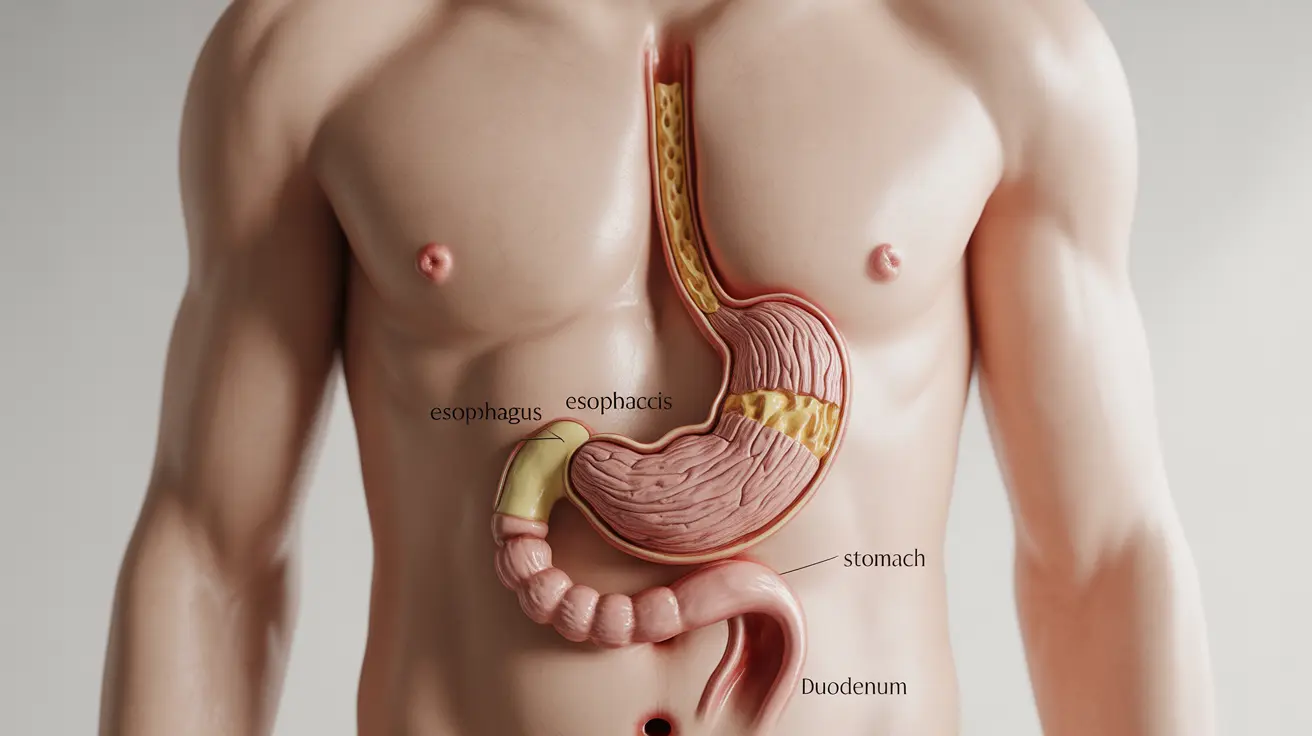Hemoglobinuria, a key symptom of paroxysmal nocturnal hemoglobinuria (PNH), occurs when hemoglobin is present in the urine, causing it to appear dark or reddish. Understanding the symptoms associated with this rare blood disorder is crucial for early detection and proper management.
This comprehensive guide explores the various symptoms of hemoglobinuria in PNH, helping you recognize important warning signs and understand when to seek medical attention.
Understanding Hemoglobinuria and Its Primary Signs
The most distinctive feature of hemoglobinuria is the presence of dark or cola-colored urine, particularly noticeable first thing in the morning. This occurs because red blood cells break down during sleep, releasing hemoglobin that appears in the morning's first urination.
The intensity and frequency of this symptom can vary significantly among individuals, with some experiencing periodic episodes while others have more consistent symptoms.
Key Symptoms Associated with Hemoglobinuria
Urinary Symptoms
Beyond dark-colored urine, patients may experience:
- Frequent urination
- Discomfort or pain while urinating
- Varying urine color throughout the day
- Morning urine appearing darker than later in the day
Blood-Related Symptoms
Hemoglobinuria often occurs alongside other symptoms related to blood cell destruction:
- Fatigue and weakness
- Shortness of breath
- Rapid heart rate
- Pale skin
- Easy bruising or bleeding
Additional Signs and Complications
People with hemoglobinuria may also experience:
- Abdominal pain
- Difficulty swallowing
- Headaches
- Muscle weakness
- Erectile dysfunction in men
These symptoms can significantly impact quality of life and may indicate the progression of the underlying condition.
Diagnostic Process
Diagnosing hemoglobinuria involves several steps:
- Urinalysis to confirm the presence of hemoglobin
- Blood tests to check for signs of hemolysis
- Flow cytometry to diagnose PNH
- Bone marrow examination in some cases
Treatment Approaches
Managing hemoglobinuria typically involves:
- Targeted therapy with complement inhibitors
- Blood transfusions when necessary
- Bone marrow transplantation in severe cases
- Supportive care to manage symptoms
- Regular monitoring of kidney function
Frequently Asked Questions
What are the common symptoms of hemoglobinuria in paroxysmal nocturnal hemoglobinuria (PNH)? Common symptoms include dark or red-colored urine, fatigue, shortness of breath, easy bruising, and abdominal pain. Patients may also experience headaches, muscle weakness, and difficulty swallowing.
Why does hemoglobinuria cause dark or red-colored urine, especially in the morning? This occurs because red blood cells break down more extensively during sleep due to the nature of PNH. The accumulated hemoglobin is filtered through the kidneys and appears in the morning's first urination, causing the characteristic dark or red color.
What other signs and symptoms should I watch for if I have hemoglobinuria linked to PNH? Watch for signs of anemia such as fatigue and pale skin, thrombotic events, difficulty swallowing, erectile dysfunction in men, and any unusual bleeding or bruising. Also monitor for abdominal pain and headaches.
How is hemoglobinuria diagnosed and confirmed in people suspected of having PNH? Diagnosis involves urinalysis to detect hemoglobin in urine, blood tests to measure cell counts and signs of hemolysis, and flow cytometry to confirm PNH. Additional tests may include bone marrow examination and genetic testing.
What treatment options are available to manage hemoglobinuria and other symptoms in PNH? Treatment options include complement inhibitor medications, blood transfusions when needed, and possible bone marrow transplantation in severe cases. Supportive care measures and regular monitoring are also essential components of treatment.




